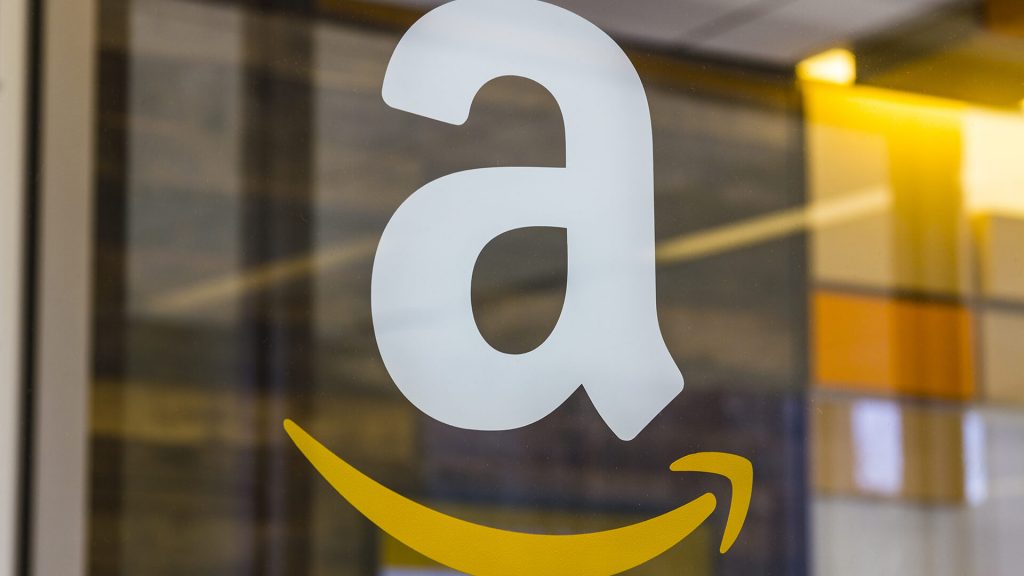I’ve now been living with the Echo Show for several weeks. It has supplanted my original Amazon Echo in the kitchen. I find it both more exciting and more frustrating than the original.
The screen adds a compelling new element but creates expectations that are not fully realized — as though Amazon is ambivalent or uncertain how far to take the screen as a parallel way of controlling and navigating content.
The screen makes things more complicated, even as it makes the device more interesting and useful. It opens a door to a much larger set of use cases, including a much more obvious commerce opportunity. (It’s not clear whether Amazon’s rivals will follow and add screens to their devices. If the Show is a runaway hit, I suspect they will.)
Creates tablet-like expectations
Immediately for me, the Echo Show’s screen created UX expectations associated with a tablet. I wanted to touch it and get menus and navigation. I wanted to browse and search for things using the screen. I wanted to see lists of available Skills.
With a couple of exceptions, you can’t do any of these things. Some consider this design restraint, but I wanted the screen to do more and operate more intuitively. Ultimately, Amazon will have to determine how far it wants to enable screen-first (as opposed to voice-first) experiences for the Show.
For example, you can say, “Show me what you can do.” The device then produces a list on screen: set an alarm, show Prime TV shows, find songs by Lisa Loeb and so on. But none of the items on this list are touchable or clickable. You can’t touch “Prime TV” and access a menu of available shows. You have to query the device by voice: “Alexa, show me Transparent from Amazon Prime Video.”
I think the Show should be more agnostic about how users get to content. I suspect that as Amazon sees how people engage with it, over time the screen’s capabilities and functionality will grow.
Design is basic, sound is better than Echo
Some have found the “trapezoidal” design of the Show uninspired. I’m not bothered by it, although it is utilitarian (and eerily evocative of Orwellian “Telescreens” from “1984”). The sound quality on the Echo Show is better than the original Echo. Thus, if you were to buy only one Alexa device, the Show would be my recommendation.
But the Show costs $230, while the Echo is $179 and the Dot is $49. As recent survey data from NPR and Edison research revealed, many people who’ve declined to purchase a “smart speaker” are holding back because of cost. Amazon has wisely diversified its lineup to offer a range of price points and capabilities accordingly.
The Echo Show screen also enables Amazon to more effectively prompt and educate users about its capabilities and what’s new. This is a huge advantage over the conventional Echo, which relies on weekly email updates, which I don’t read, to inform users of new Skills or capabilities.
Yet there appears to be no way to turn off the home screen messages. It’s pretty clear that Amazon is laying the groundwork for “offers” or ads, should the company go down that path. Indeed, it may eventually offer a subsidized Show “with special offers” and a more expensive one without, as it does with other devices it sells.
Right now there are almost no Skills adapted for the screen. That will probably change quickly; in fact, Brightcove just launched a program to help developers bring video to their Skills for the new device. It’s hard to overstate the nature of the visual opportunity for developers and brands on the Show.
A big new commerce opportunity
Travel and commerce apps, for example, will benefit from the ability to visually present multiple options to end users, which will soon drive transactions. You can scroll, for example, through multiple Amazon products or nearby businesses featuring Yelp ratings. Even in their embryonic form, these changes represent a dramatic upgrade vs. the voice-only Alexa devices. And should Amazon eventually allow it, developers could insert ads into their Skills.
The video-calling feature works well, provided the other party has the Alexa app on a device or another Show. Hopefully video calling will integrate with third-party apps and services. Amazon would be wise to allow that to happen.
As an illustration of how different the Echo and Show are, here’s a non-exhaustive list of things you can do with Echo Show because of the screen:
- Watch movie trailers.
- Watch full-length TV shows and movies from Amazon Prime Video.
- Watch YouTube videos.
- Make video calls.
- Scroll through a list of Amazon products with images and details.
- See song lyrics as music plays.
- See timers countdown.
- See a list of nearby restaurants or businesses and their Yelp ratings.
The Show is a compelling, albeit imperfect, addition to the Alexa device lineup. I would just like to see Amazon more fully embrace the screen — perhaps not turn it into a full-blown tablet, but something more touch-friendly than it is today.

